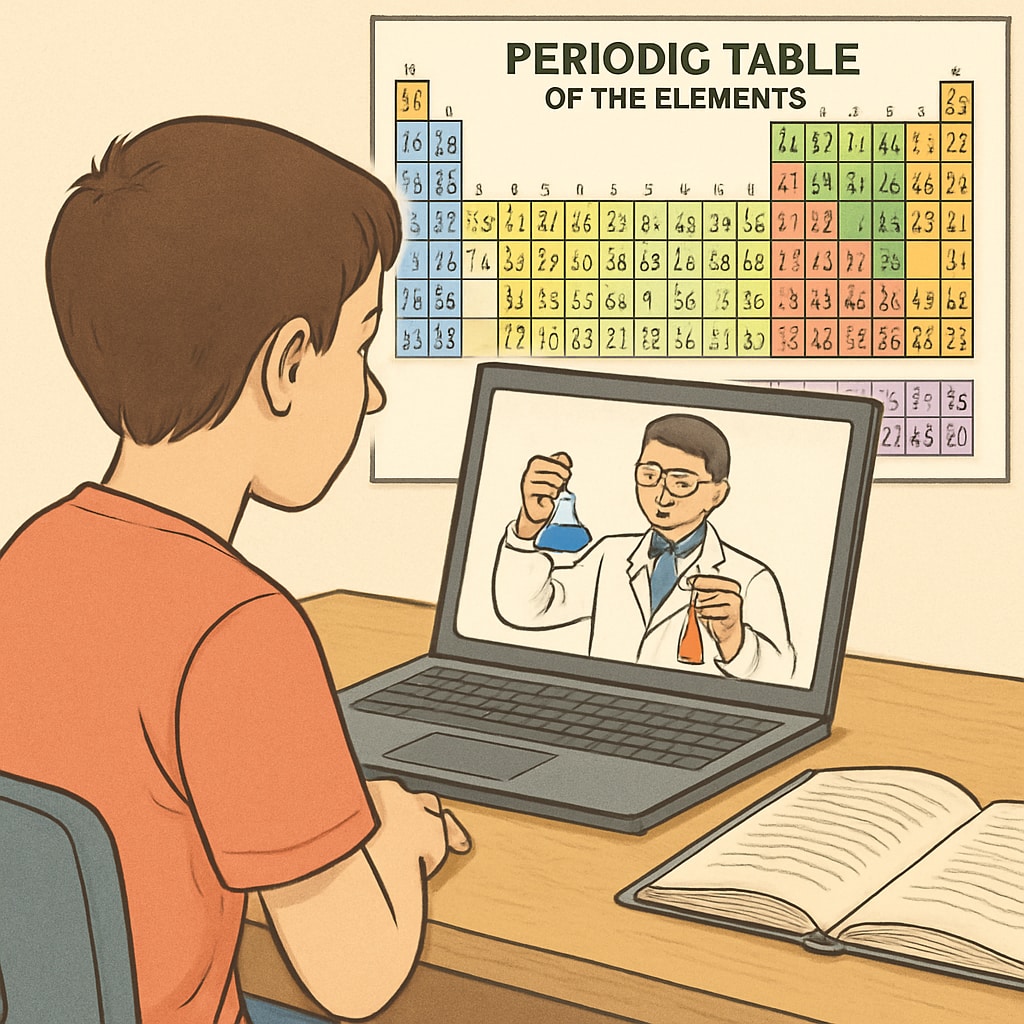Preparing to return to school as an older student can feel both exciting and daunting, especially when it comes to brushing up on key subjects like math and science. Accessing the right learning resources for math and science review is essential to rebuilding academic confidence and ensuring a smooth transition back into the classroom. In this guide, we’ll explore a variety of tools and strategies, ranging from traditional methods to modern digital aids, to help you optimize your study routine.
Finding the Right Math Resources for Effective Review
For many returning students, math can be one of the most challenging subjects to revisit. Whether you need to refresh basic arithmetic or dive into advanced algebra, identifying the right resources is key to success. Here are some options to consider:
- Textbooks: Start with foundational textbooks like Khan Academy’s Math Resources. These provide step-by-step explanations and exercises to reinforce key concepts.
- Online Courses: Platforms like Coursera and edX offer free and paid courses tailored to specific math levels, including calculus and statistics.
- Apps: Mobile apps such as Photomath and Brilliant make it easy to solve equations and explore problem-solving techniques on the go.
- Study Groups: Joining a local or virtual study group can provide peer support and collaborative learning opportunities.
Remember, the best resource is the one that matches your learning style. Visual learners, for instance, may benefit from video tutorials that break down complex problems into digestible steps.

Exploring Science Review Tools That Fit Your Needs
Science is a vast subject that encompasses everything from physics to biology. For returning students, the key is to focus on the areas most relevant to your study goals. Here’s how to get started:
- Interactive Websites: Websites like Science Daily offer articles and updates on recent discoveries, making it easier to connect theory with real-world applications.
- Lab Simulations: Tools like PhET Interactive Simulations allow you to conduct virtual experiments in physics, chemistry, and biology.
- Video Channels: YouTube channels such as CrashCourse Science provide quick and engaging overviews of key topics.
- Flashcards: Creating flashcards or using apps like Quizlet can be highly effective for memorizing scientific terms and formulas.
Combining these resources with a structured study schedule will help you stay on track and retain what you learn over time.

Transitioning from Traditional Methods to Digital Tools
As an older student, you might be more familiar with traditional learning methods like textbooks and handwritten notes. However, incorporating digital tools into your routine can significantly enhance your efficiency and understanding. Here are some tips for a smooth transition:
- Start Small: Begin by integrating one or two digital tools, such as an app for practice quizzes or a website for video tutorials.
- Combine Approaches: Use a mix of traditional and digital methods. For example, watch a video explanation and then solve problems in a workbook.
- Set Goals: Define specific learning objectives to track your progress and stay motivated.
- Seek Support: Don’t hesitate to ask for help if you encounter difficulties using a new platform.
By blending the best of both worlds, you can create a personalized study strategy that works for you.
Building Confidence for Academic Success
Returning to school is a significant step, and it’s natural to feel uncertain at times. However, with the right math and science resources, consistent effort, and a positive mindset, you can achieve your academic goals. Remember, every small victory builds momentum toward greater achievements. So, take the first step today and explore the resources that resonate with your learning style. Your future self will thank you!
Pro Tip: Dedicate a few minutes each day to review what you’ve learned. Regular practice is the key to long-term retention and success.
Readability guidance: Use short paragraphs and lists to summarize key points. Leverage transition words like “however,” “therefore,” and “for example” to improve flow. Combine active voice with structured tips to maintain clarity.


